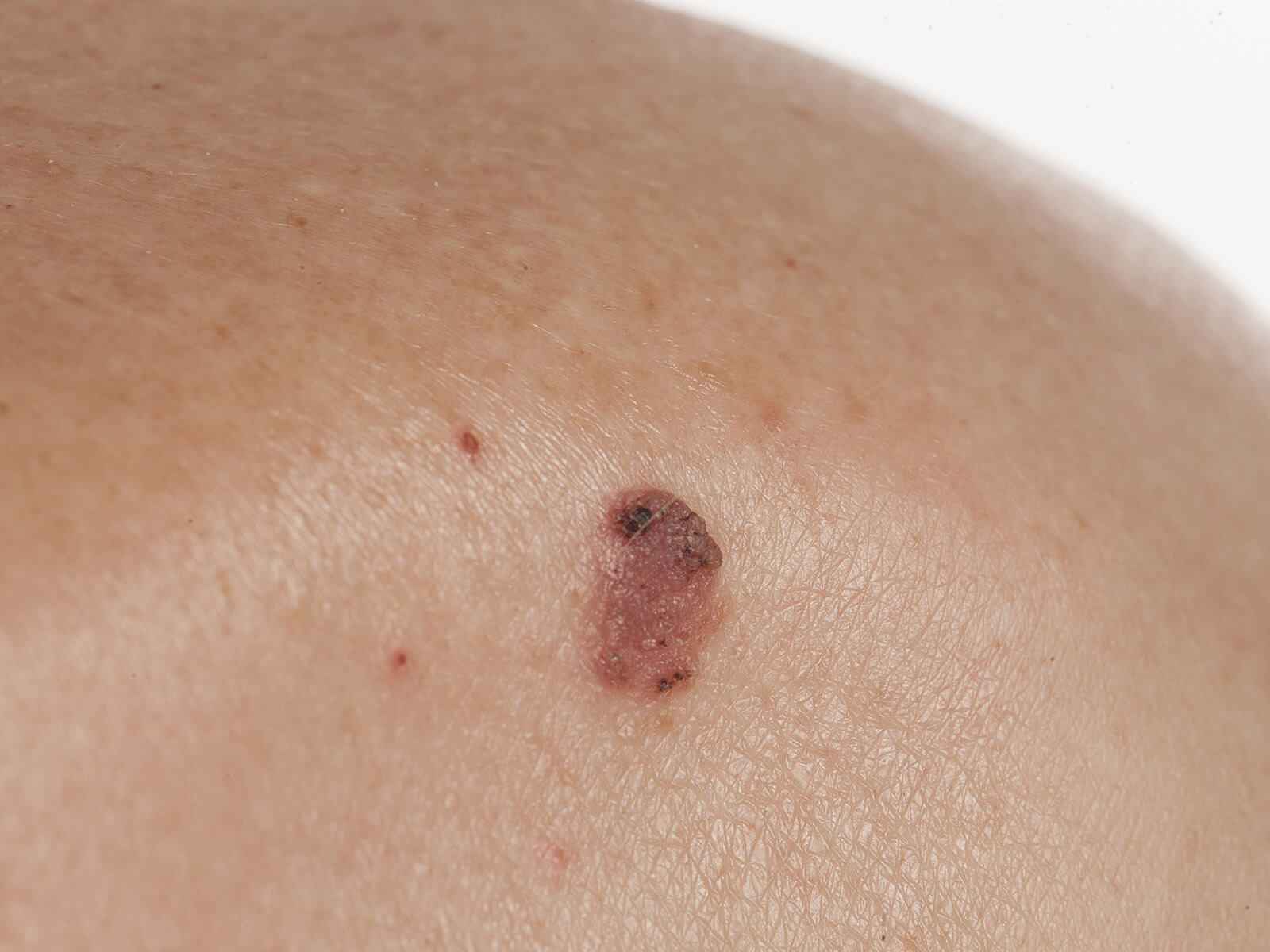
Sessile serrated lesion are superficial growths in the colon lining, which are either planar or raised slightly. They are also saw-tooth in appearance and concentrated mostly on the right side of the colon in contrast to the normal polyps. They might appear harmless but once not removed early enough, these lesions can eventually degenerate into colorectal cancer.
These are most often detected during the regular colonoscopy procedures since most of the SSSLs exhibit no symptoms. Symptoms are likely to show when he develops:
Although the cause of the development of SSLs is being explored, a number of risks factors have been associated with their development:
GastroDoxs is a gastroenterology clinic located in Katy that specializes in the priori detection and harmless excision of serrated lesions in the small intestine with the newest endoscopic systems. We provide patient-centered care, with simple preparation guidelines and tailor-made follow-up strategies, each patient receives caring regular care. Act sooner - you can prevent colorectal cancer and rest easy by acting early.
We've successfully treated more than 48K patients, helping individuals improve their digestive health and overall well-being through expert, personalized care.
With over 20 years of experience, GastroDoxs has been a trusted provider of gastroenterology care, focusing on delivering the best outcomes for patients
The lesions in the shape of saw-tooth are known as the SSLs with the typical microscopic structure that is more likely to be identified in the right colon, and thus they are more difficult to detect and may grow silently than the common polyps.
Progressing to cancer can take 5-10 years by the use of SSIs and hence, early detection and removal of the organ during regular colonoscopies would be very important in preventing cancer.
Pathology reports by the descriptions of the serrated (saw-tooth) glandular pattern, and may add dysplastic alterations, denoting cells with a potential of progressing to malignancy unless treated.
Appendicitis Clean and thorough exam: Get ready, start the day with a clear liquid diet, take your split-dose bowel prep solution as instructed, and avoid solid food the day of your procedure.
Although inherited syndromes have been shown to heighten the risk of serrated lesions, the majority of the SQLs are sporadic; a family history of problems in the colon may be a reason to screen earlier or more frequently.
Yes. Organizational therapeutic diets also assist in reducing the risk; the diet rich in fiber and low in red meat or processed meat could reduce your risk of developing lesions, but the high-fat diet rich in fiber can lead to the creation of lesions.
Endoscopic mucosal resection (EMR), hot-snare polypectomy, or ablation/cryotherapy can be used to lift and remove the lesion without any complications during the colonoscopy procedure.
The time between follow-up is determined by the size of lesions, lesion count, and the pros results of the pathology, which are determined either annually or after every five years, as advised by your gastroenterologist.
Yes. It may either have recurrent SS or new lesions may occur, and that is the use of regular surveillance colonoscopy in order to take care of the colon.
GastroDoxs in Katy provides the services of board certified gastroenterologists resorting to the use of high-quality endoscopic equipments to identify and treat SSLs, contact them today and make your appointment.